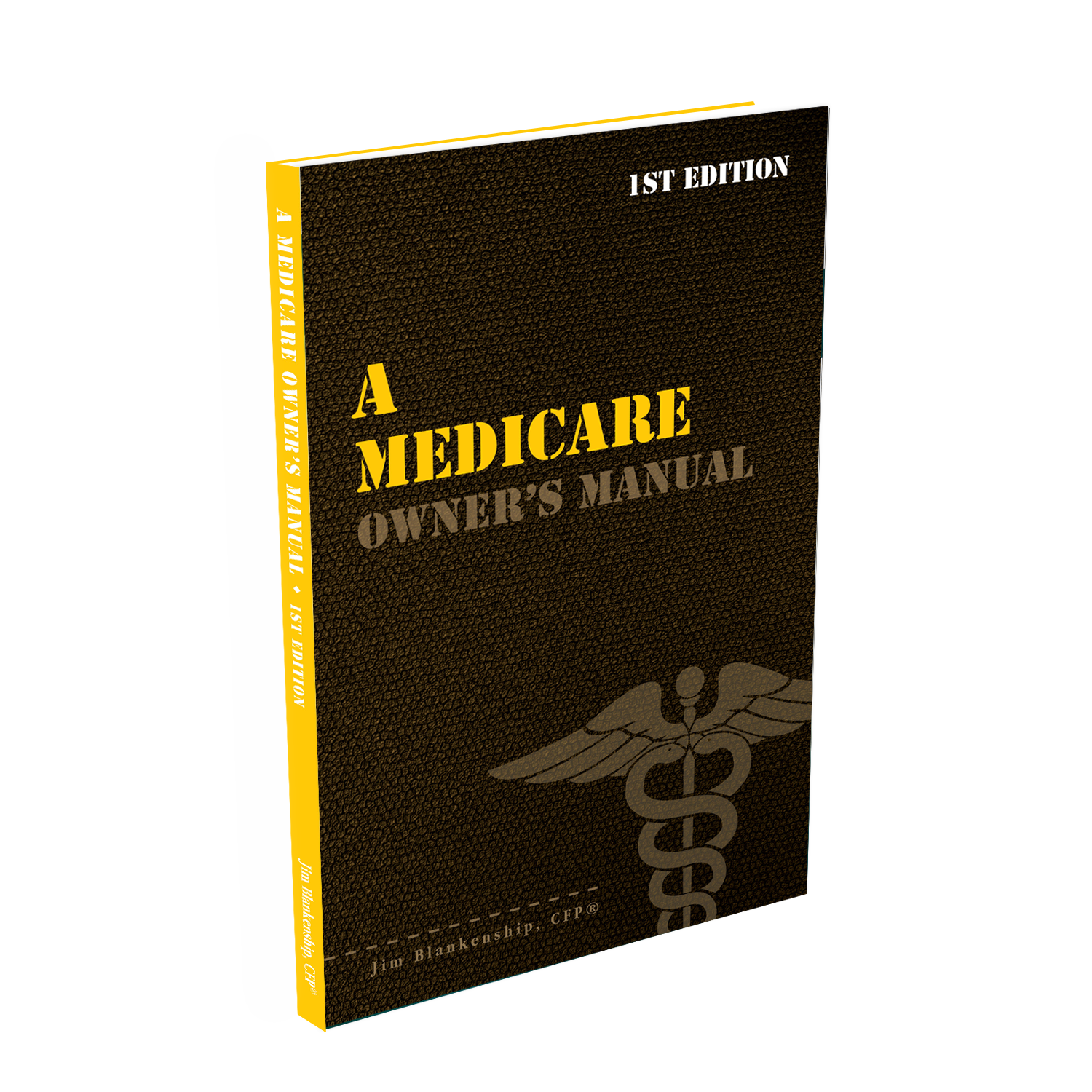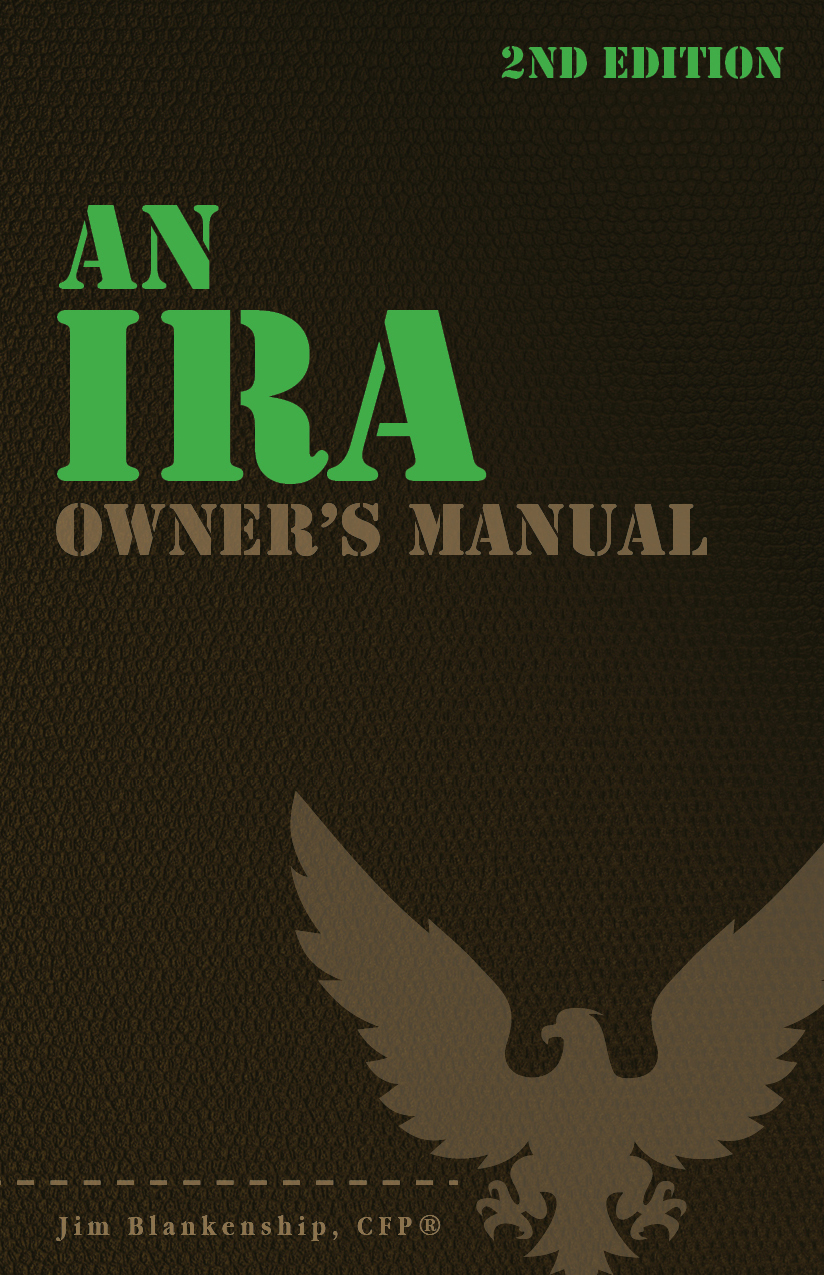My fellow financial bloggers and I have come together to encourage an increase in retirement savings this year. Since many employees are going through annual benefit elections right about now, it’s also a very good time to consider increasing your annual contributions to your retirement savings plans. Small steps are the easiest to take, and the least painful – so why not set aside an additional 1% in your retirement plan in the coming year? The list below includes a boatload of ideas that you can use to help you with this increase to savings. I’ve heard from several more bloggers who are going to put their posts up soon. If you’re a blogger, see the original post for details on how to join the action: Calling All Bloggers! Listed below are the articles in our movement so far (newest are at the top): From Dana Anspach: Can You Spare […]
qualified retirement plan
The 403(b) and 457(b): A One-Two Punch for Retirement
Many non-profits, public schools, universities, state governments have access to either a 403(b) or a 457(b) retirement plan. Both the 403(b) and the 457(b) are retirement plans that these institutions can offer employees in addition to or in lieu of a defined-benefit pension. For ease of simplicity, think of these plans as a 401(k), but for non-profits. We won’t get into the minutia of exactly how they’re different here. Like their 401(k) counterpart, the 403(b) and the 457(b) allow their owners to defer from their salaries up to $17,000 annually, on a pre-tax, tax-deferred basis. For those aged 50 and over, the IRS allows an additional $5,500 age-based catch-up contribution. These numbers are for 2012, they are indexed annually for inflation. There is a select group of people that may have access to both the 403(b) and the 457(b). For these chosen few, there is an opportunity to save even […]
Take Your RMDs From Your Smallest IRA
Here’s a strategy that you could use to simplify your life: when you’re subject to Required Minimum Distributions (RMDs) after age 70½, you have the option of taking separate RMDs from each IRA that you own OR you could take all of your RMDs from one account if you like. As long as you calculate your RMD based upon all of the IRAs that you own, you are free to take the full amount of all of your RMDs from one single account (or several accounts) if you wish. And keep in mind that the “I” in IRA stands for Individual – so you can’t aggregate your IRAs with your husband’s, for example. By doing so, you could eliminate the smaller account(s) if you wish, thereby reducing paperwork (fewer accounts and statements). As well, you don’t have to keep track of as many accounts for estate planning. But then again, […]
The Difference Between IRA Contributions and Rollovers
Often there is confusion about what constitutes a “contribution” and a “rollover” into an IRA. This post is intended to clear up the difference. While both activities are technically contributions, there’s a major difference between the two. The most significant of the differences is that with a regular annual contribution there are several limits imposed that can be quite restrictive. Annual Contribution Limits For an annual contribution to a traditional IRA or a Roth IRA, you are limited to the lesser of $5,000 or your actual earned income for the year. If you have no earned income, you’re not allowed to make an annual contribution to an IRA. Above that amount, if you happen to be 50 years old or better, you can add $1,000 more to your annual contribution (2012 figures). Astute readers will point out that there is the option for a spouse to make a spousal IRA […]
What Is Net Unrealized Appreciation?
We’ve discussed how to utilize the Net Unrealized Appreciation (NUA) treatment of distributions from your qualified retirement plan (also known as QRP, meaning 401(k), 403(b), and other plans) – one of the earlier articles on Net Unrealized Appreciation can be found at this link. Even though the process is explained in the earlier article, we didn’t discuss just what exactly can be treated with the NUA option. How do you determine what part of the distribution can be treated with capital gains treatment? In order to determine what is to be treated as unrealized appreciation, we need to define what has to be treated as ordinary income from such a distribution. Briefly, the way that the NUA option works is that you take a complete distribution of your QRP account within one tax year – and you have the option to treat a portion of your account distribution with capital […]
What If My Employer Doesn’t Match My 401(k) Contributions?
Should I continue to make contributions to my 401(k)? Is there something else that I should make contributions to instead? As you may recall, the recommended order for retirement savings contributions is normally as follows: 401(k) contributions up to the amount that the company matches max out your Roth or traditional IRA contributions for the year (as applicable) max out the remainder of the available 401(k) contributions make taxable investment contributions In the situation where your employer doesn’t match your contributions to a 401(k) plan, the order of contributions is more appropriate if you bump up the Roth or traditional IRA contributions. In other words, just eliminate the first bulletpoint. Now, the choice of Roth IRA versus the traditional IRA for your contributions is dependent upon your income and the tax impacts. For example, you would not be eligible to make a deductible traditional IRA contribution if your Modified Adjusted […]
What Options Are Available for a Surviving Spouse Who Inherits an IRA?
First Spouse Program bronze medal (Photo credit: Wikipedia) When the owner of an IRA dies and leaves the IRA to his or her spouse as the sole beneficiary, there are some unique options available for handling this inherited IRA. Keep in mind that these options are only available to a spouse a beneficiary – a non-spouse beneficiary has much more limited options available. Options for a Spousal Beneficiary of an IRA The first and easiest option is for the spouse to leave the IRA exactly where it is and do nothing. In this manner, the IRA will continue to exist as belonging to the deceased spouse – for a time. If the deceased spouse was over age 70½ years of age and subject to Required Minimum Distributions (RMDs), the surviving spouse could elect to continue receiving those RMDs using his or her late spouse’s lifetime as the distribution factor. On […]
2012 Retirement Plan Limits
Image via Wikipedia The new limits for retirement plans in 2012 have just recently been published. The details of these new limits are below: IRA The contribution limit (and therefore the deductible contribution limit) for a traditional IRA remains the same in 2012 as in 2011 – at $5,000. The catch up provision, available to taxpayers age 50 or better, also remains the same at $1,000. If you’re a Single filer and covered by a retirement plan via an employer, the deductibility phases out when your Adjusted Gross Income (AGI) is over $58,000 and phases out completely at an AGI of $68,000. This is an increase of $2,000 over the 2011 phase-out range. If you’re Married and filing jointly and the spouse making the IRA contribution is covered by a workplace retirement plan, the phase-out range is between $92,000 and $112,000, also up from 2011 by $2,000. If you’re not […]
New Opportunities to “Roth”
Recently one of the tenets of the Small Business Jobs Act of 2010 came into effect, providing you with additional opportunities to set aside funds in a Roth account – not a Roth IRA, but rather a “designated Roth account”, often referred to as a Roth 401(k) or Roth 403(b). Designated Roth accounts are also often referred to as DRACs – just to keep the acronym train rolling. The way the new law works is that, if you have a 401(k) or 403(b) (the traditional kind), you can roll over or convert some of your funds to a DRAC while the account is still active – as long as your plan is set up to allow in-plan distributions of this variety. The eligible rollover distribution (ERD) must be made: after September 27, 2010; from a non-designated Roth account in the same plan, meaning your traditional 401(k) or 403(b); because of […]


 Sterling Raskie, MSFS, CFP®, ChFC®
Sterling Raskie, MSFS, CFP®, ChFC® The latest in our Owner’s Manual series, A 401(k) Owner’s Manual, was published in January 2020 and is available on
The latest in our Owner’s Manual series, A 401(k) Owner’s Manual, was published in January 2020 and is available on  A Medicare Owner’s Manual, is updated with 2020 facts and figures. This manual is available on
A Medicare Owner’s Manual, is updated with 2020 facts and figures. This manual is available on  Social Security for the Suddenly Single can be found on Amazon at
Social Security for the Suddenly Single can be found on Amazon at  Sterling’s first book, Lose Weight Save Money, can be
Sterling’s first book, Lose Weight Save Money, can be  An IRA Owner’s Manual, 2nd Edition is available for purchase on Amazon. Click the link to choose the
An IRA Owner’s Manual, 2nd Edition is available for purchase on Amazon. Click the link to choose the  Jim’s book – A Social Security Owner’s Manual, is now available on Amazon. Click this link for the
Jim’s book – A Social Security Owner’s Manual, is now available on Amazon. Click this link for the  And if you’ve come here to learn about queuing waterfowl, I apologize for the confusion. You may want to discuss your question with Lester, my loyal watchduck and self-proclaimed “advisor’s advisor”.
And if you’ve come here to learn about queuing waterfowl, I apologize for the confusion. You may want to discuss your question with Lester, my loyal watchduck and self-proclaimed “advisor’s advisor”.